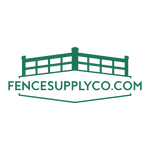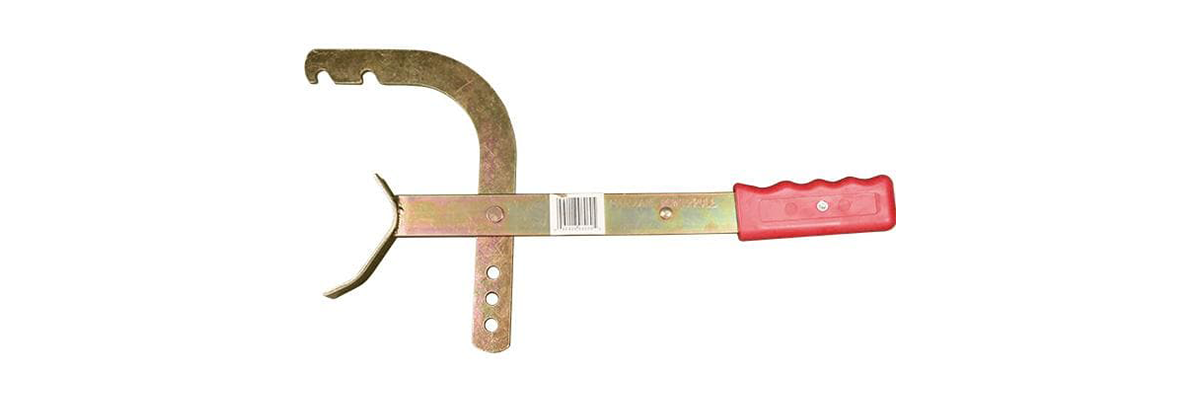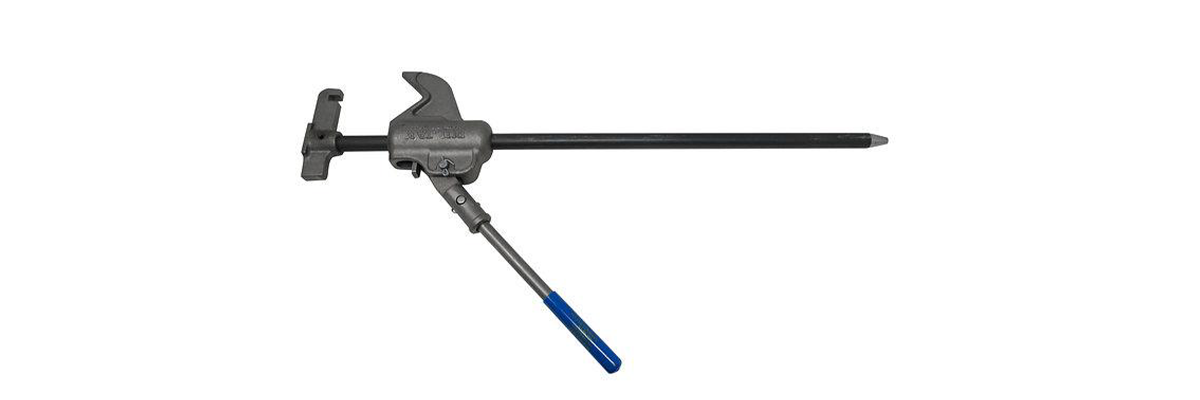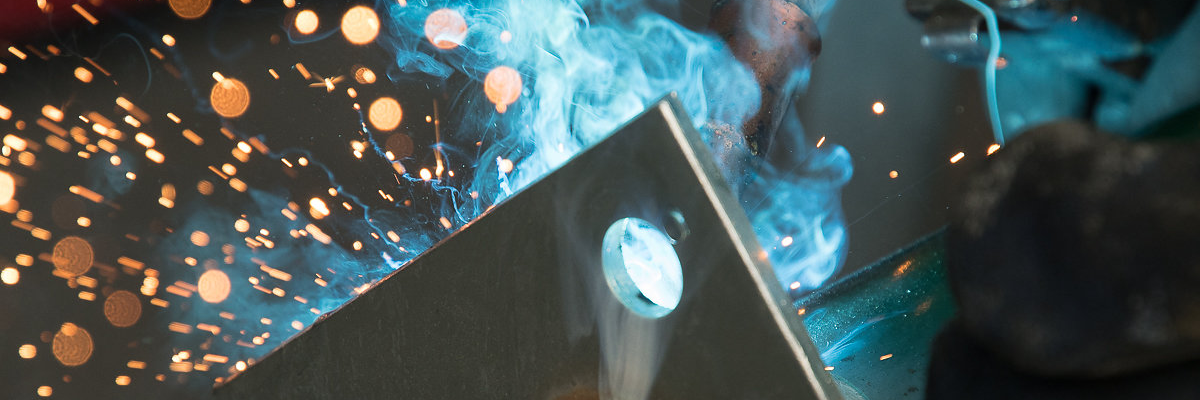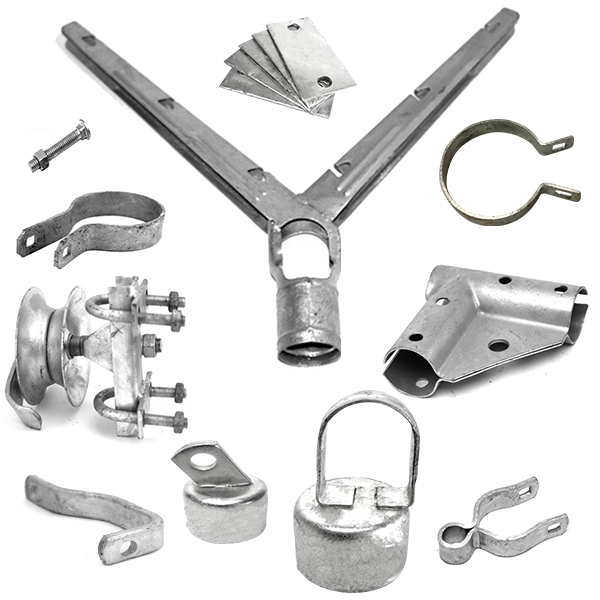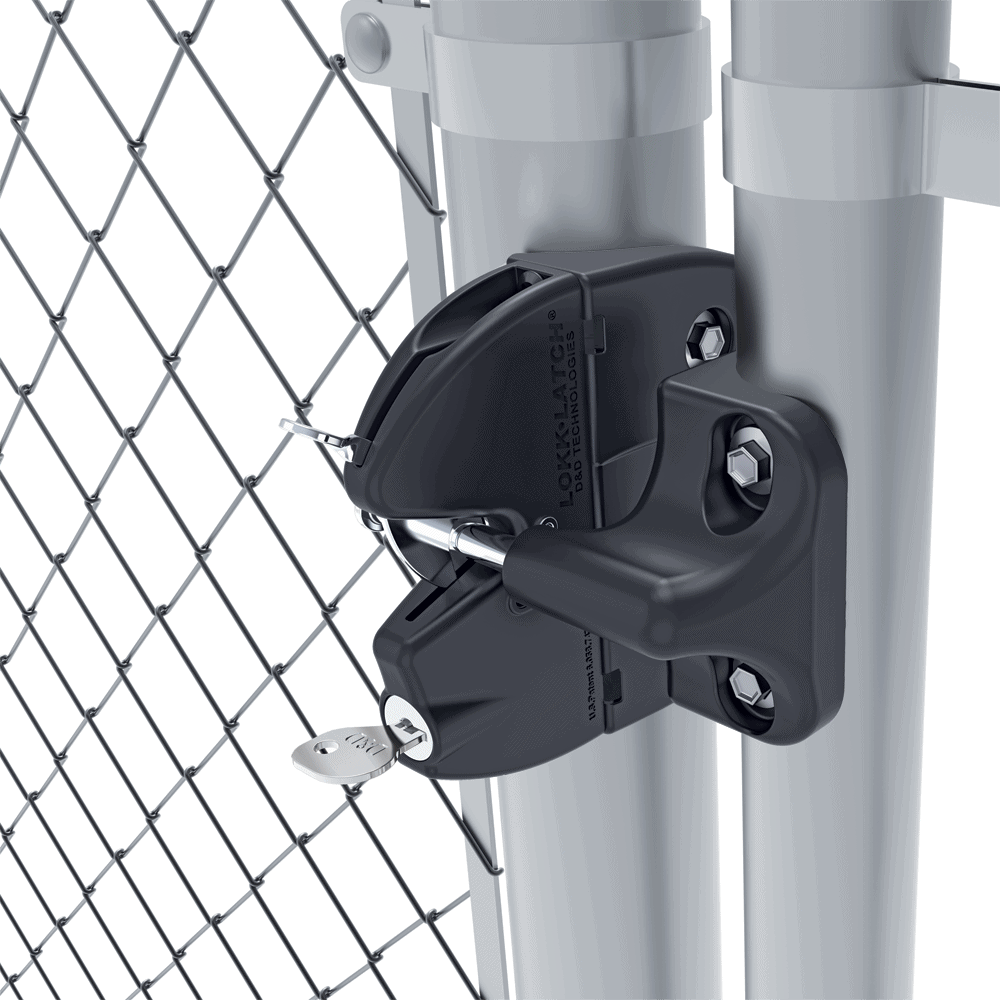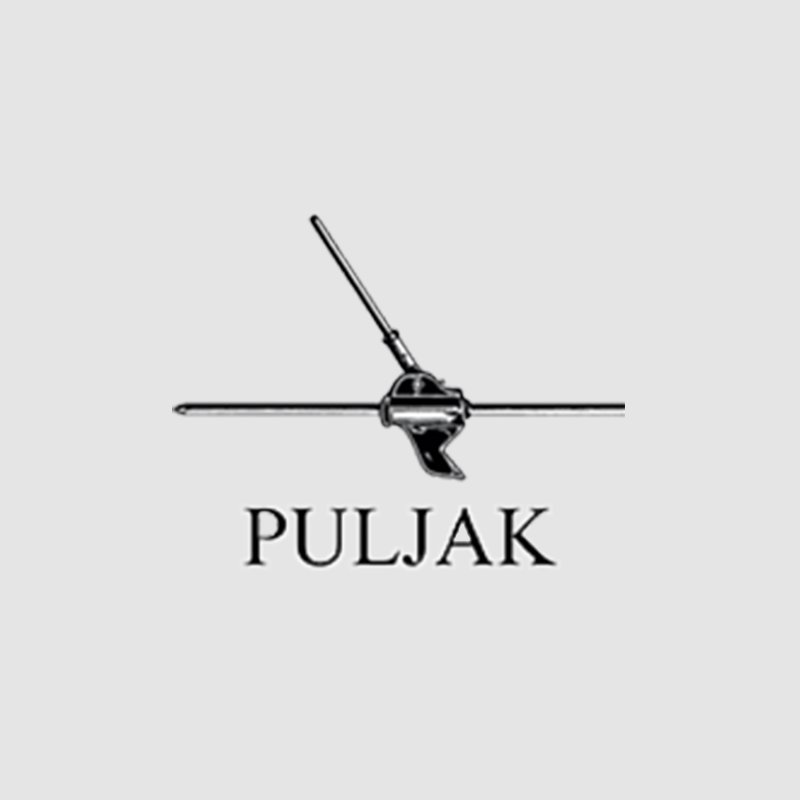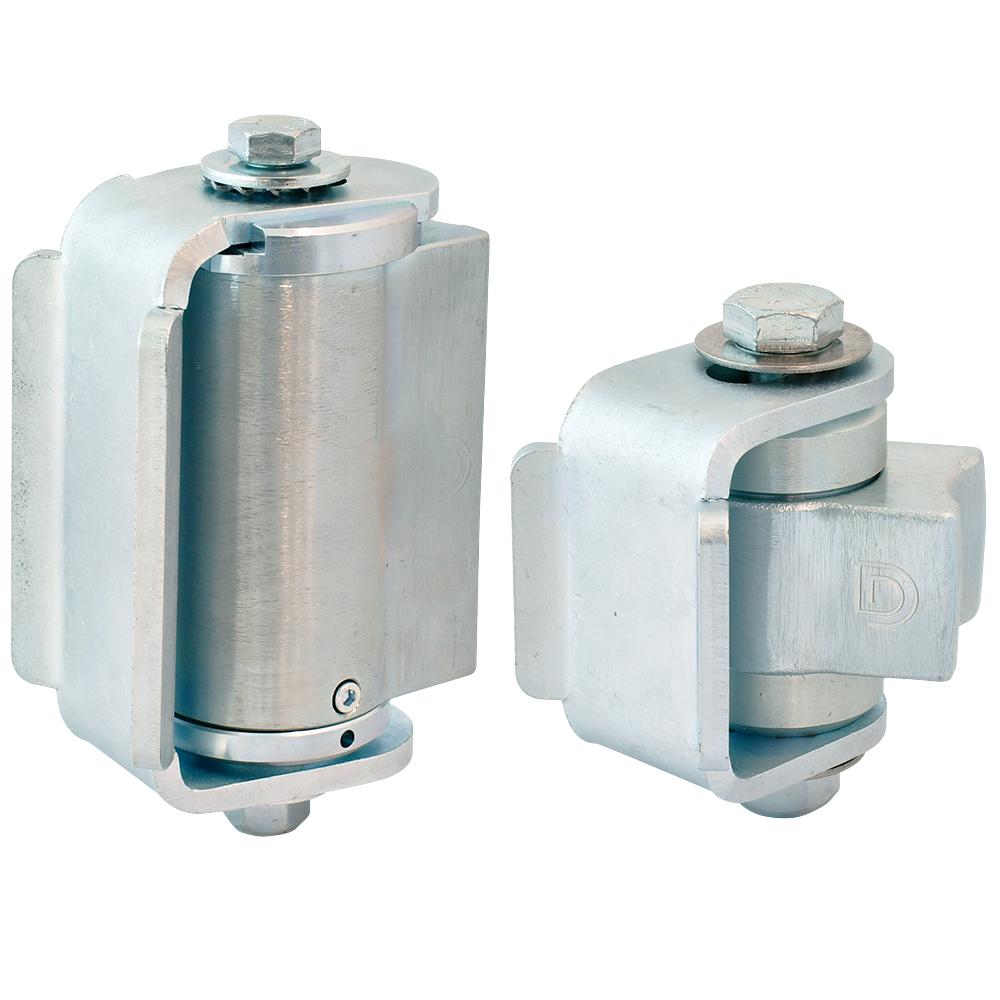When it comes to chain link fences, you may have heard the term "fittings" used to describe various parts. But why are these components often referred to as fittings? Here's a brief explanation of the reason for this unique terminology.
What are Chain Link Fence Fittings?
Chain link fence fittings are the essential components that connect different pieces of the fence system together. These fittings include items such as pipe caps, rail ends, tension bands, brace bands, hog rings, and more. They play a crucial role in ensuring the stability and functionality of the chain link fence.
Why are These Parts Called "Fittings"?
The term "fittings" is used to describe these parts because they are designed to fit together seamlessly to create a cohesive and secure fence structure. Each fitting is specifically crafted to connect with other components, such as posts, rails, and chain link mesh fabric, in a secure manner.
Importance of Using the Correct Fittings
Using the correct fittings is essential for the overall performance and durability of a chain link fence. Improper or mismatched fittings can compromise the integrity of the fence, leading to issues such as sagging, instability, and even structural failure. It is crucial to select fittings that are compatible with the specific requirements of the fence system.
Examples of Chain Link Fence Fittings
There are various types of fittings available to accommodate different needs and configurations. Some common types include tension bands, brace bands, rail ends, eyetop caps, and tension wire. Each type of fitting serves a specific purpose in the installation and maintenance of the chain link fence. For more information on the placement of fittings in a chain link fence system, refer to this helpful video guide: Chain Link Fence Parts Assembly and Names.
By understanding the importance of chain link fence fittings and their role in the fence overall structure, you can ensure that your fence remains strong, secure, and reliable for years to come.

